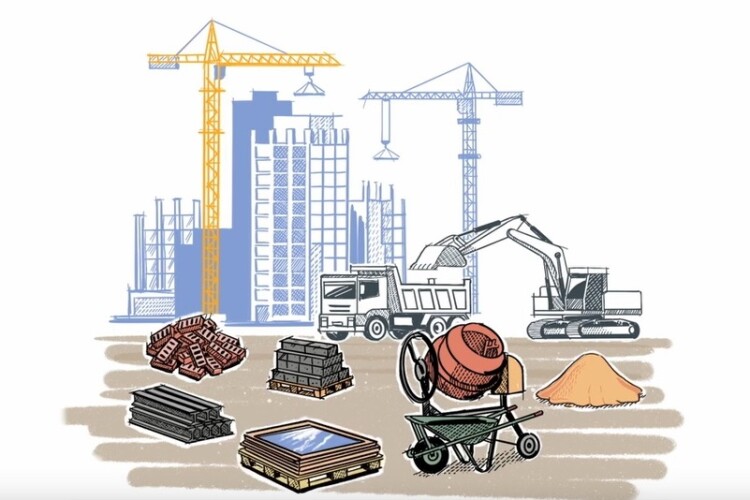Arup and WBCSD say that accurately measuring the environment impact of a building is a prerequisite for cutting carbon.
It is estimated that less than 1% of building projects currently calculate and report their full carbon footprint, and net zero buildings remain a novelty
Yet the built environment is blamed for 37% of global emissions, even more than the 25% that the International Energy Agency attributes to transportation.
British consulting engineer Arup and the WBCSD warn that without understanding exactly where carbon comes from in buildings, it will be impossible to make the scale of cuts needed to meet the Paris Agreement to hold global average temperature rises under 1.5°C.
This is the message they are bringing to the Buildings & Climate Global Forum, which takes place in Paris today and tomorrow (7th/8th March 2024), organised the United Nations Environment Programme (UNEP) with the support of the Global Alliance for Buildings and Construction.
The summit, co-organised by the French government, follows the launch of the 2030 Buildings Breakthrough Agenda at Cop28, which aims to make near-zero emissions and climate resilient buildings mainstream by 2030.
At the summit, Arup and the WBCSD are calling on industry leaders to work together to standardise the collection and sharing of carbon emissions data for buildings, creating international data.

Arup has developed its own dataset for more than 1,400 of its buildings projects across more than 50 countries, cataloguing whole-life carbon (WLC) data.
WBCSD director for built environment Roland Hunziker said: “Arup’s own journey to a standardised WLC data collection across its global portfolio is a significant case for what is needed at industry level. We encourage companies to build on these learnings and challenges, and call on all actors in the industry to join our efforts in driving harmonisation in whole-life carbon accounting through a globally consistent and transparent approach."
Lessons that Arup has learned to date include:
- Different building functions – e.g. a data centre compared to a residential building – can vary up to a factor of 10x in the amount of carbon emissions they generate. Specific data is needed on function, size, and location to be able to prioritise affordable decisions on carbon reduction.
- Carbon emissions rise substantially from planning stage to the building being used. Greater scrutiny of carbon emissions all the way through buildings projects needed to combat this.
- Energy efficiency improvements and grid decarbonisation alone will not be sufficient to halve emissions by 2030, reducing embodied emissions is essential.
- Reducing embodied carbon emissions in supply chains is the next step to reaching embodied carbon reductions of 40% by 2030.
Nigel Tonks, building decarbonisation expert at Arup, said: “You can’t manage what you don’t measure. Paris is the first time our industry has come together with national governments from all over the world, to tackle its impact on climate. Standardising carbon measurement and reporting will make wide scale adoption of whole life carbon measurement much easier.
“It will improve the insights we can draw from data to give property asset owners, investors, and developers the best advice they need to make the right decisions that lead to halving emissions across new and refurbished buildings. Unless the buildings sector is made a priority for decarbonisation, we will fail to keep temperature change under 1.5°C.”
Work from the WBCSD and Arup has previously shown that as much as 50% of the entire carbon emissions of a building come from embodied carbon – the manufacture of materials and the construction process – rather than from the operation of the buildings. It also found that typically as few as six materials, such as steel and concrete, account for 70% of the construction-related embodied carbon.
Got a story? Email news@theconstructionindex.co.uk



